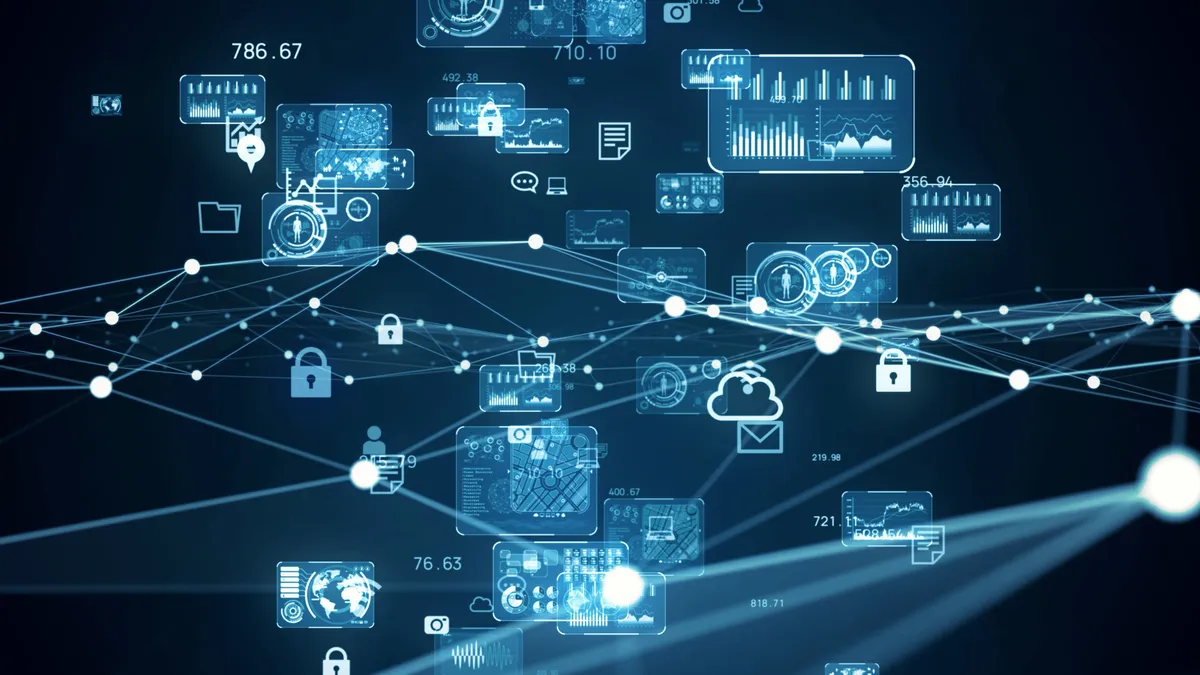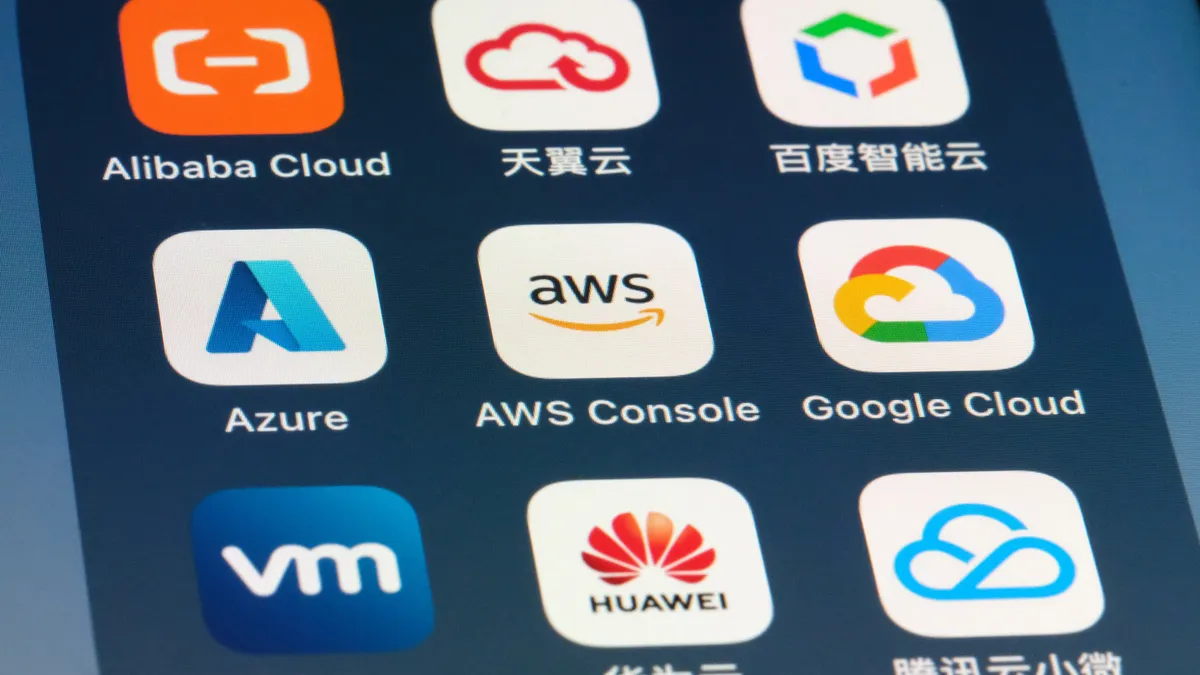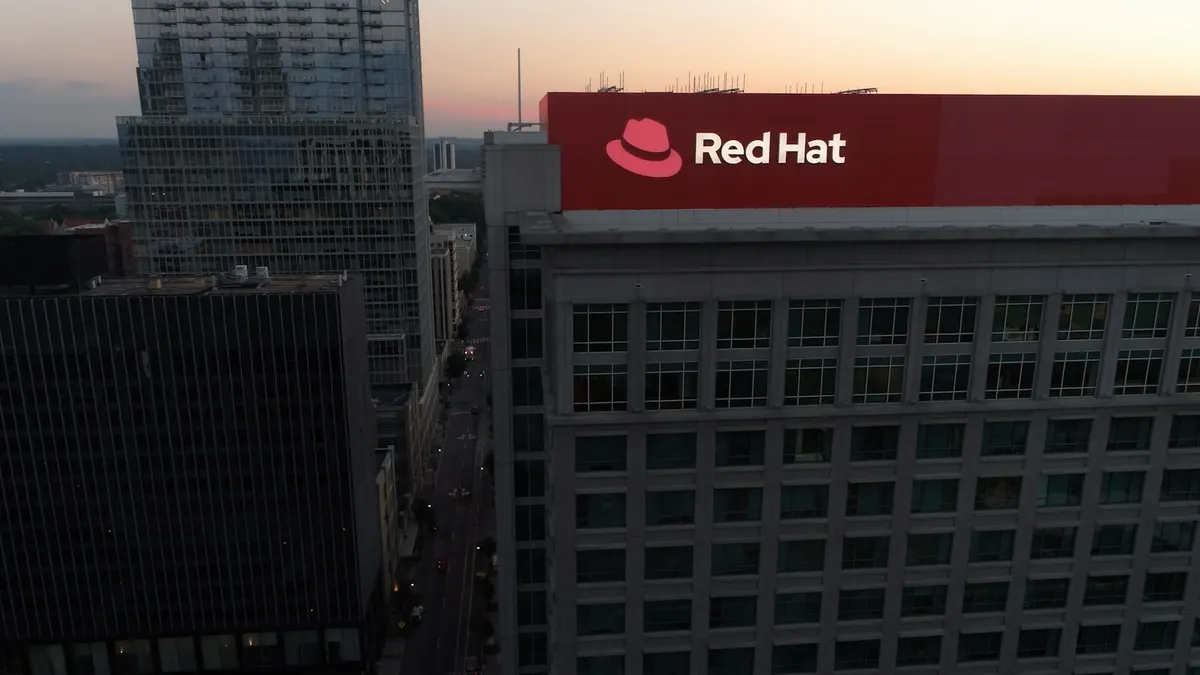The start of the pandemic found Stericycle, a medical waste and document destruction compliance company, in a better position than most in terms of its procurement systems.
The company began its ERP modernization in 2018, and had already upgraded part of its stack. It also overhauled its global human resources system in January 2020 — a critical upgrade given that Stericycle has undergone over 400 acquisitions.
Before the overhaul, the company was "managing our people globally in several countries on spreadsheets," said Janet Zelenka, chief financial officer and chief information officer of Stericycle. Because of a modernized human resources ERP system, "when the pandemic hit, we knew where everybody was."
While the timing of that ERP shift was luck, the rest of Stericycle's modernization push was not. The company re-evaluated the timing of its plan, held off on modernizing ERPs that were critical, and moved up transformation for ERPs that were the least likely to disrupt clients.
Using downtime to modernize ERP systems "can be a great idea, especially if you are keeping people employed who don't have their usual tasks to do," Liz Herbert, vice president and principal analyst for Forrester, wrote in an email. "You don't necessarily have to have already planned it. In fact, during a time of huge disruption like a pandemic, your old planning may or may not be that relevant."
While the pandemic caused unprecedented business disruptions that shifted ERP priorities, companies experience regular ebbs and flows of business in normal times. Picking when to modernize an ERP must take those waves into consideration — and take advantage of them.
Pandemic disruptions, business change
Like almost every other business in the world, Stericycle's mode of operations changed during the pandemic. The company took a look at its ERP modernization plan and changed priorities so that modernization could continue without creating chaos for customers at the worst possible moment.
That meant shifting plans "to ensure we didn't disrupt our medical customers, who had high needs for our medical waste services at the time," said Zelenka. Instead, Stericycle modernized systems that were not customer-facing (a data lake build and tax system), and those that were less in use at that time due to pandemic-related restrictions, such as the travel and expense system.
By doing this, Stericycle was less likely to interrupt customer's critical services, and the company also had practice with ERP transformations for when it came time to move more customer-facing systems.
This strategy helped when the company modernized its commercial and operational process for the North American shredding business and automated connection of procurement systems into financial books and accounts payable process in August and September 2021.
Working on internal systems first was "a great learning experience because it's an internal facing, not customer impacted [system]," said Zelenka. "We learned a lot about change management."
The people involved in the process also make a difference, Herbert said, and their availability should be factored into any ERP planning.
"ERP rollouts are not something you want to leave to the B or C team," she said. "Organizations should keep in mind that due to the mission critical, hefty nature of ERP that they need business leaders and top executives to have some time available too, which may or may not be the case during a disruption like a pandemic."
Pandemics aren't the only ERP transformation triggers
Regular company dynamics can shape modernization decisions, helping leaders ensure business continuity despite the upgrades.
"It is important to be thoughtful of deployment timing given the cadence of priorities and workload," Zelenka said. "For example, it is not a good idea to deploy an ERP in the first quarter when trying to close the books, or the fourth quarter when finalizing your control activities and testing for a public company." Those are factors the company is taking into account with future ERP modernizations, which will roll through 2022 and 2023.
Stericycle also made sure that when it moved anything customer-facing, that the company "built detailed customer journey maps for anticipated changes to help with overall training and customer expectations," she said. "A phased approach, such as sequencing the deployment of applications or business, which is part of our ongoing plan, helps reduce risk and improves change adoption."





















